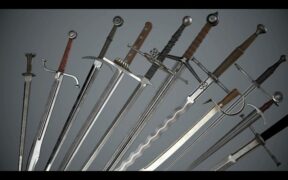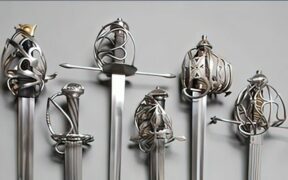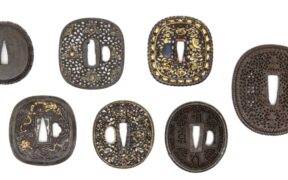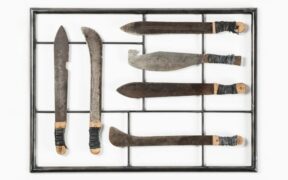Our content features commercial links to our products, committed to transparent, unbiased, and informed editorial recommendations. Learn More
Crusader Swords: A Look Into Its Characteristics and History
NO AI USED This Article has been written and edited by our team with no help of the AI
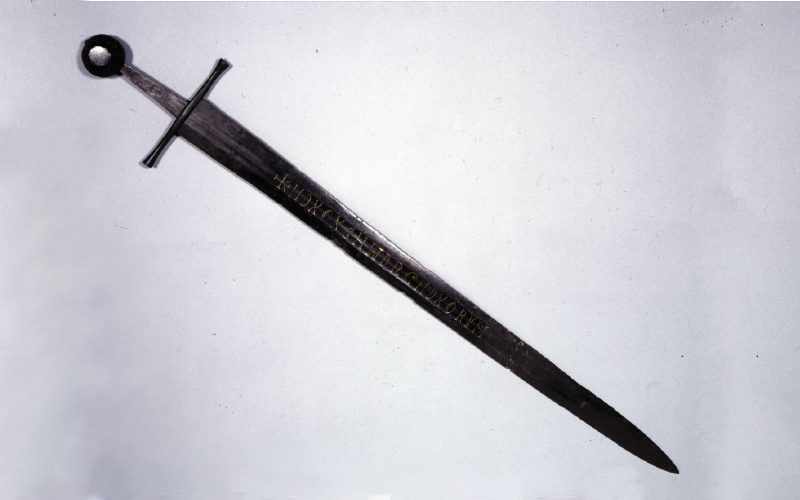
The crusader
In this article, we’ll take a closer look at this iconic weapon that played an important role during a pivotal moment in history.
What did a Crusader Sword Look Like?
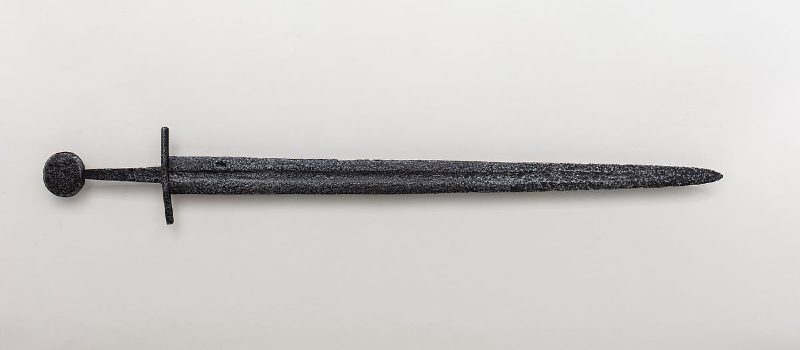
The early and late crusader swords had a simple crossguard and short hilt, which are the characteristics of arming swords. They also featured a double-edged blade that tapered to a point which was adapted for use against the chain mail armor. However, its blade configuration and
Blade
Like other weapons of the time, the crusader
A crusader
Knightly swords typically fell under Type X or Type XII blades. Type X blades had a fuller that ran nearly the entire length of the
Hilt
The earliest crusader swords had one-handed hilts that gradually became longer throughout the medieval period. The hilts were typically wrapped in leather without much ornamentation. With the grip originally around 9cm long, similar to earlier Viking swords, later variations with 15cm-long grips allowed for occasional two-handed use.
Pommel
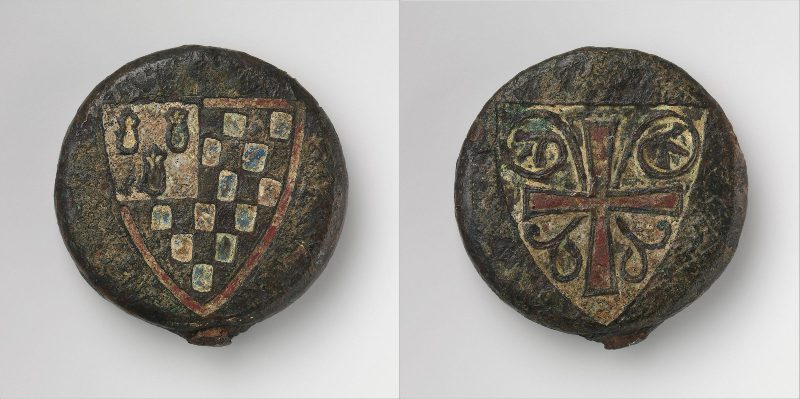
The first crusader swords had an oval or conical pommel, but by the 12th century, brazil-nut-shaped pommels became popular. However, swords of the late crusading period typically had a flattened cone-shaped pommel.
A simple wheel-shaped pommel was particularly popular among crusaders, such as the Knights Templar. While most pommels were unadorned, groups like the Knights Templar often decorated them with religious badges or symbols.
Some pommels were enameled, such as the
Crossguard
The introduction of the crossguard was one of the major advancements that separated the crusader
Early crossguards took the shape of simple straight metal bars. Crossguards were typically 18-20 cm long with a square section and tapered edges. Like other medieval weapons, more elaborate designs started emerging in the 12th century. Swords of the late crusading period commonly had slightly curved quillons—arms of the crossguard.
In later times, a chappe or rain guard was almost universally used. A chappe is a leather flap that overlaps with the scabbard to prevent rain from pooling inside the blade.
Religious Attributes of the Crusader Sword
The simple yet elegant shape of the crusader
Some sources speak of the
How were crusader swords wielded?
When referring to arming swords, crusader swords were primarily single-handed swords. Featuring a large fuller and a more slender blade, these elements ensured its lighter weight. Its tapered design also meant that the point of balance was closer to the hilt, an important factor as a properly balanced
Knights would typically wield the crusader
Later variations of the crusader
History of the Crusader Sword
Like many medieval weapons, the crusader
9th to 11th Century – Early Medieval Period
The first crusader swords appeared during the early 11th century. They evolved from the earlier Viking Age and Norman Swords, or “Ulfberht”-type swords. Ulfberht swords during the 9th century already started featuring more slender and tapered blades.
11th to 13th Century – The Crusades
The use of the knightly
Anyone that participated in these wars on behalf of the Christian powers at the time were called “Crusaders.”
Because of the shape of the cruciform
Religious fanatics of the time like the Knights Templar felt a strong affinity with the
14th to 15th Century – Late Medieval Period
During the late medieval period, improvements in armor and especially chainmail made these swords less effective. This resulted in heavier two-handed longswords becoming the preferred main weapon. However, knightly swords continued to be used as sidearms which is why the term “arming
15th Century – Renaissance
After the medieval period, the knightly
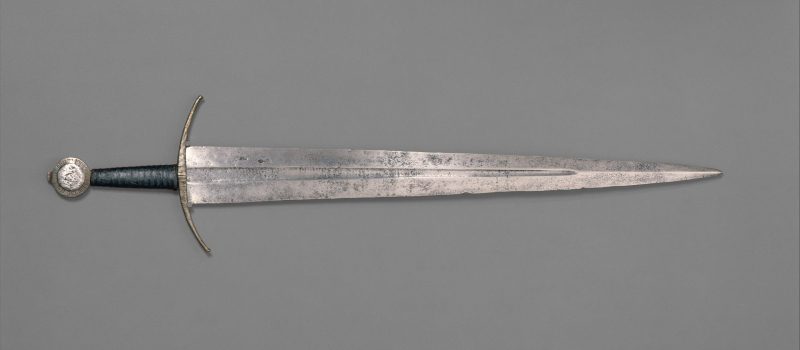
Many of these later swords evolved into different types of “cut and thrust” swords that were popular during the Renaissance.
Today
Today, the knightly
Conclusion
The crusader
It was also arguably the most influential weapon during the Crusades where some of the largest and most consequential military operations occurred in human history. Until today, the crusader
